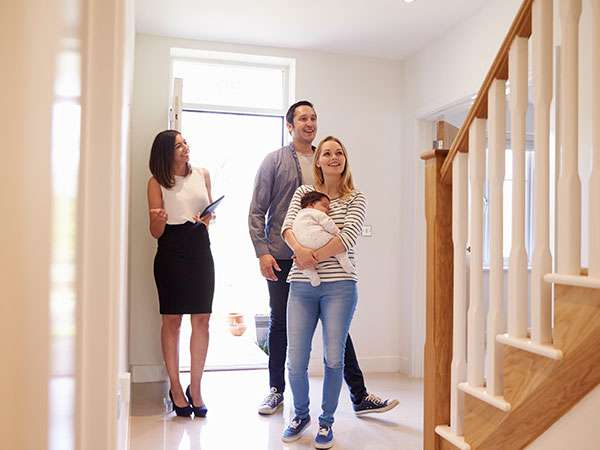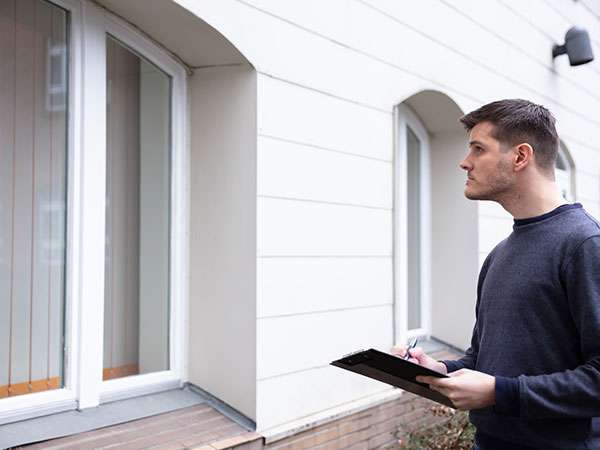5) GET PRE-QUALIFIED AND PRE-APPROVED
This is where the rubber meets the road. While they sound similar, there’s a difference between a pre-qualification and pre-approval.
Getting pre-qualified gives you an actual number you can refer to, based off of your general financial information, such as your income, savings, and investments. You’ll need to bring this information into a financial institution so that they can review it and let you know how much you can be lent. Now you can start looking at houses within your price range.
Then, you can get pre-approved, which will require you giving your financial documents, such as W-2 statements, paycheck stubs, bank account statements, to your lender so that they can verify your credit and financial standing. A pre-approval letter also gives you more credibility when you’re looking to buy, so that the seller knows that you’ll actually be able to attain a loan to afford their house.




















